How Jimmy Butler Became the Fittest Man in the NBA
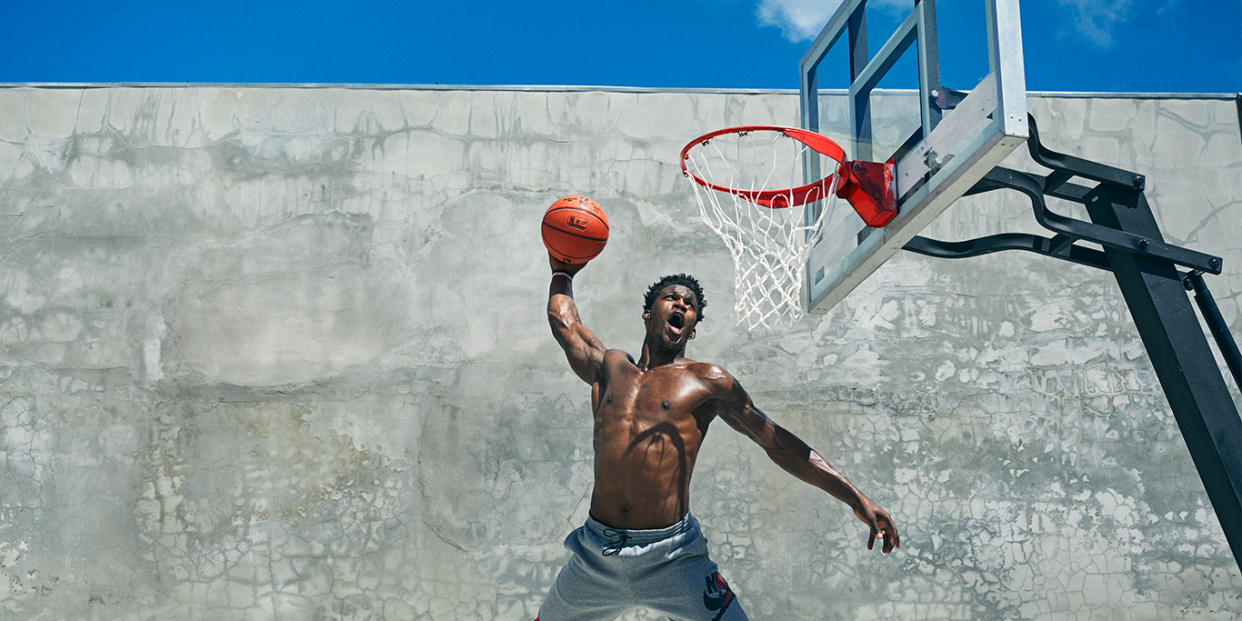
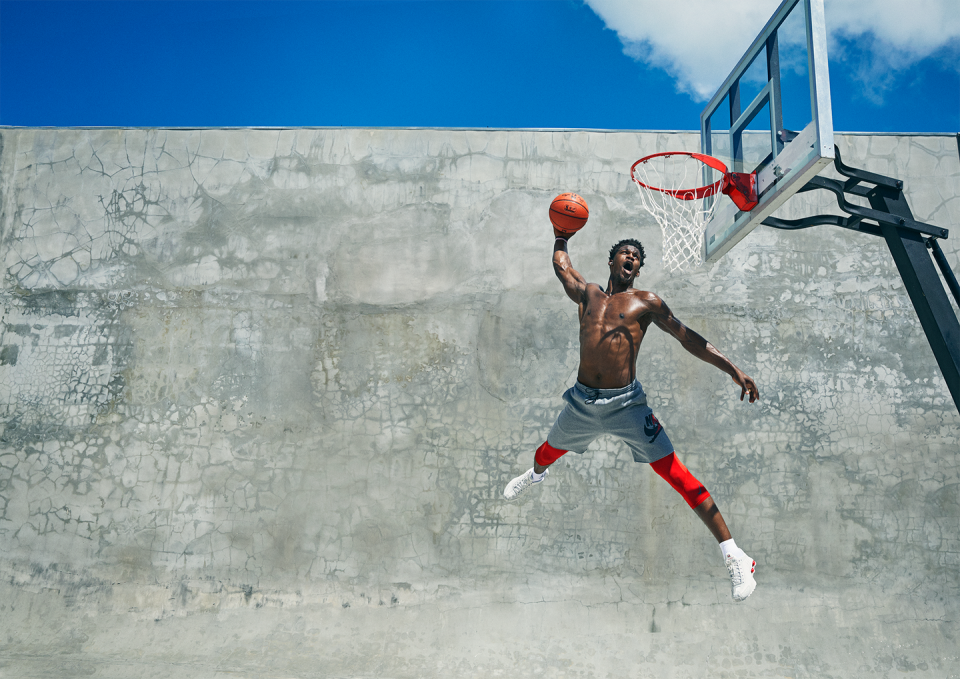
IT'S JUST AFTER 4:00 a.m. in downtown Miami and the American Airlines Arena is shrouded in quiet—no cars on Biscayne Boulevard, no boats crossing the bay out front. A black Ford Expedition rolls up and out steps Jimmy Butler, swinging a portable Bose speaker that’s rocking the twangy melodies of Florida Georgia Line. At heart, the fourtime NBA All-Star is a small-town Texas boy, and this beat puts him in his zone.
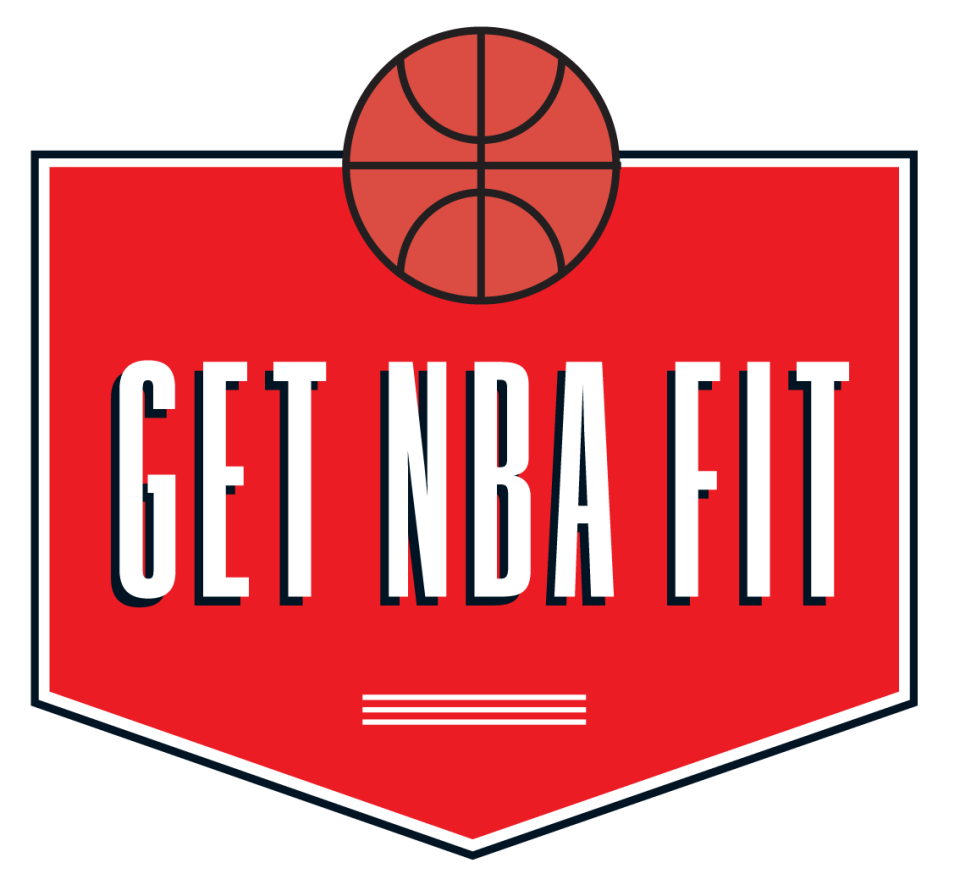
Butler needs to be in his zone right now. He’s been in Miami barely a day, hasn’t even unpacked, but he has to get back to business. He’s striding across the parking lot to a practice gym with his performance coach, James Scott. If Butler’s going to be the centerpiece of the post–Dwyane Wade Miami Heat, there’s no time for days off. Or, in this case, mornings off.
This is how you achieve success in the new age of NBA fitness: You start work hours before the likes of even LeBron have rolled out of bed. A decade ago, toughness and muscle ruled basketball (remember Ben Wallace?), but today the NBA may be more obsessed with recovery, diet, and the science of human performance than any other league.

Jimmy Butler's Day is All About Training
Butler’s 4:00 a.m. workout puts him at the forefront of this revolution, kicking off an entire day devoted to complete basketball readiness. “It’s a rhythm, it’s a routine, and I don’t skip any of it,” he says. “I don’t skip any steps of the process.” Every hour is mapped out, beginning with the workout, then progressing to cryo-chamber recovery, agility training, and time on the court. And when his body is resting, his mind revs up, studying game tape and honing strategic thinking via games like dominoes.
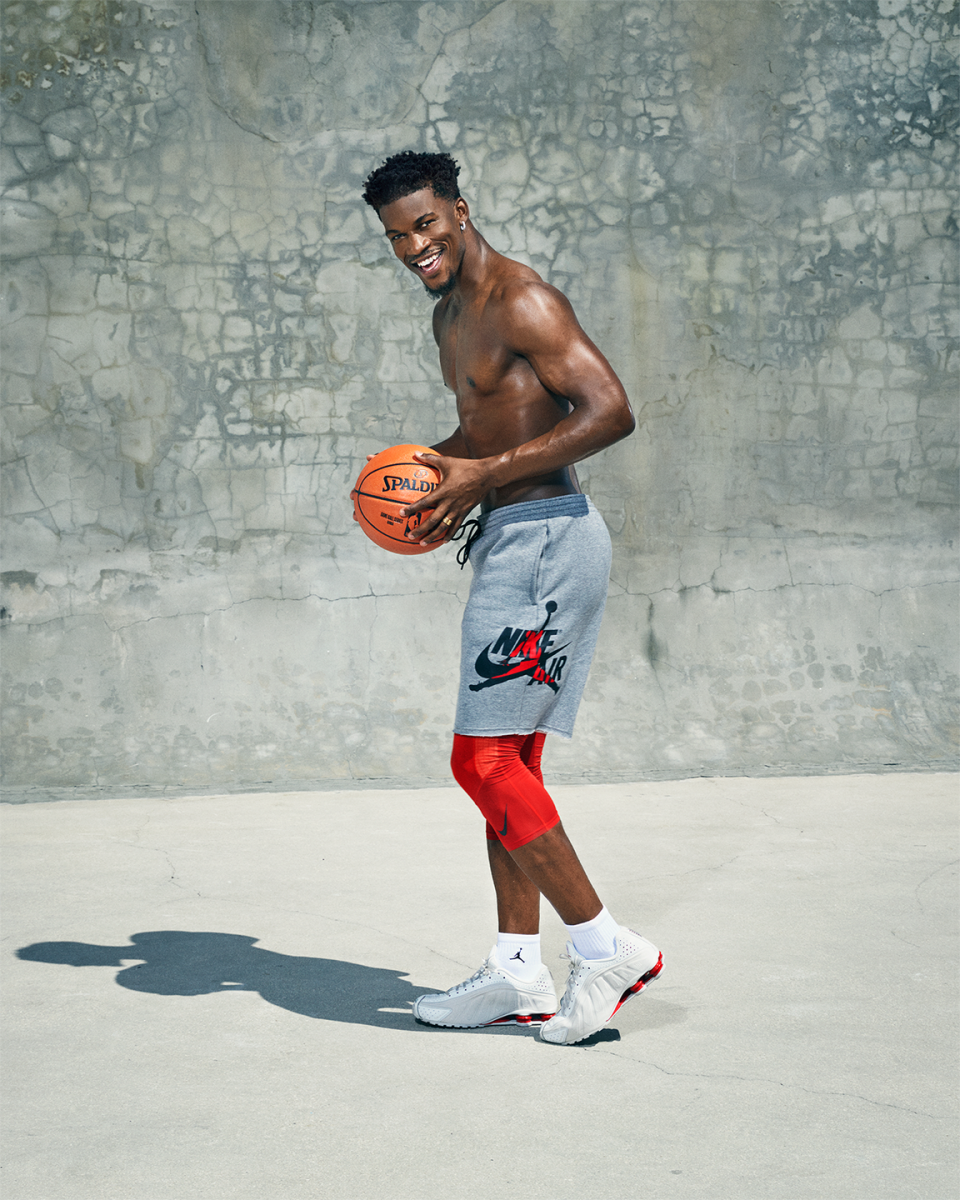
Even sleep is strictly programmed. Butler targets nine hours of shut-eye, which means lights out by 7:00 p.m. He preps for that sleep three hours earlier with herbal tea, a ban on all screens, and a cold-air diffuser. “I eat when I’m supposed to eat. I sleep when I’m supposed to sleep,” says Butler. “I play dominoes when I’m supposed to do that.”
Scott, who worked with the Houston Rockets, has overseen Butler’s entire fitness regimen for the past two years. He’s trained NBA players for 15 years, but he’s never seen one quite like Butler. “When I started working with Jimmy, it was the first time I’d ever trained somebody at 4:00 a.m.,” he says. “And he’s never late, not by one minute, no matter the time or the place.”
Butler starts his workout by shooting a ten-pound medicine ball to build wrist strength, then he holds 45-pound plates at his sides, drops them, and quickly catches them, challenging his grip. Then it’s on to one of his favorite drills, a game that attacks both balance and mental focus: He stands on one leg, a resistance band pulling him off-center, as Scott throws him red balls and blue balls. He must catch the red ones with his left hand, the blue ones with his right. “I love this—anything single-leg I like,” he says. “Single-leg balance, single-leg box jumps, single-leg squats.”
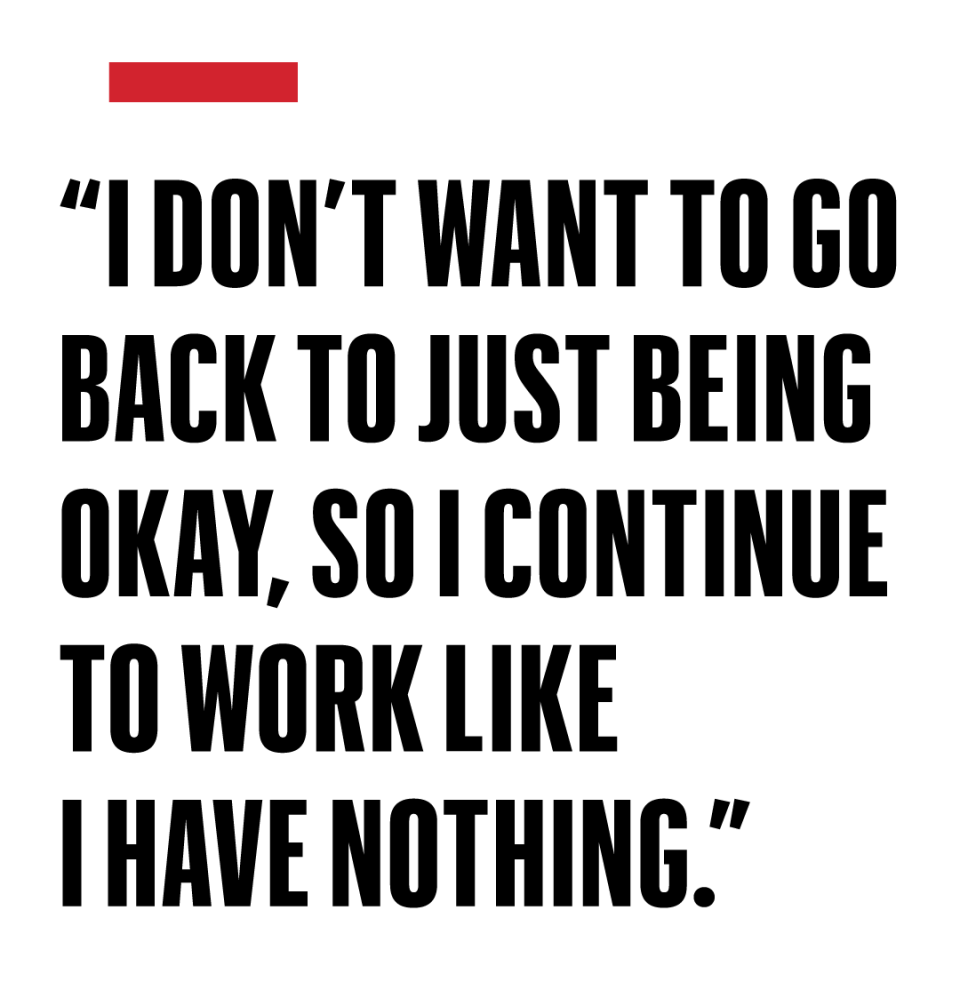
Bridges, planks, and other ab exercises follow, and then Butler hits the court. For the next hour, he launches about 1,000 jump shots, perfecting a shooting stroke that’s made him one of the league’s deadliest scorers in the clutch. By the time the first rays of light hit the sky, he’s headed home for a breakfast of egg-white omelets, avocados, berries, and black coffee before recovery time in ice or maybe yoga, then more drills.
Then, at 3:00 p.m., he returns to the American Airlines Arena, this time to see if anyone wants to play pickup. Says Scott: “It’s another level of intensity.”

Why Butler Puts In The Work
BUTLER MAINTAINS this work ethic because he knows it’s his only guaranteed edge. From league MVP Giannis Antetokounmpo to Clippers twin stars Paul George and Kawhi Leonard to rookie sensation Zion Williamson, the NBA continues to get bigger and more athletic, rendering Butler, generously listed at six-eight, decidedly average. He makes his living outworking and outlasting his competition. He’s led the NBA in minutes per game, and he plays both ways, attacking on defense as much as he does on offense (where he’s topped 20 points per game in five different seasons)
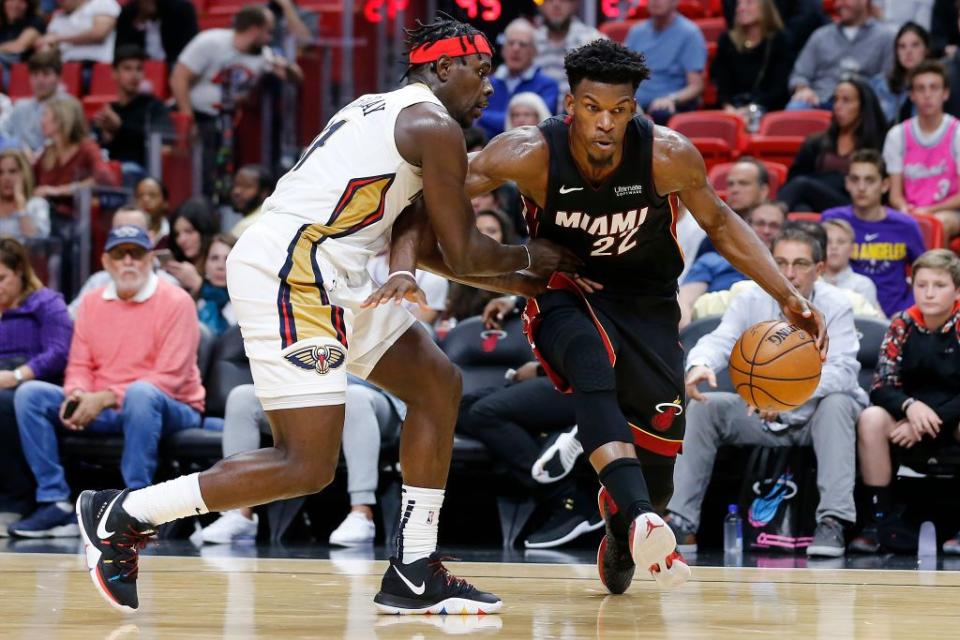
His lone advantage: the endurance he builds in those 4:00 a.m. workouts. “He’s really the most competitive guy that I’ve ever been around in my entire life,” says Scott. “And it’s not just basketball. If you’re playing charades with him, it’s the most intense game of charades you’ve ever played in your life. Uno, dominoes, you name it.”
Or, as Butler himself puts it, he will “whoop your ass. That’s it. I’m tougher than you. That’s where I’ll bank it at, and being tough is a talent. I back down from no one. I’m scared of nobody. I don’t care about the name that you have, what you’ve done. You can’t intimidate me none. And that’s what’s gotten me here.”

The Payoff: An Unlikely Rise to Stardom
“Here” is pretty remarkable for a late-first-round pick. (Butler was the 30th selection in the 2011 draft.) He was raised by a single mom until age 13, when, he has said, she kicked him out of their Tomball, Texas, home. For several weeks, he bounced around, sleeping at friends’ houses, until a surrogate family took him in. Basketball became his release—but at every level, he drew little attention. He couldn’t get a Division I scholarship and had to start at junior college. When he arrived at Marquette, he barely played, stuck behind eventual NBAer Wes Matthews and other future pros at guard. And he barely cracked the Chicago Bulls’ starting rotation during his first two years in the league.
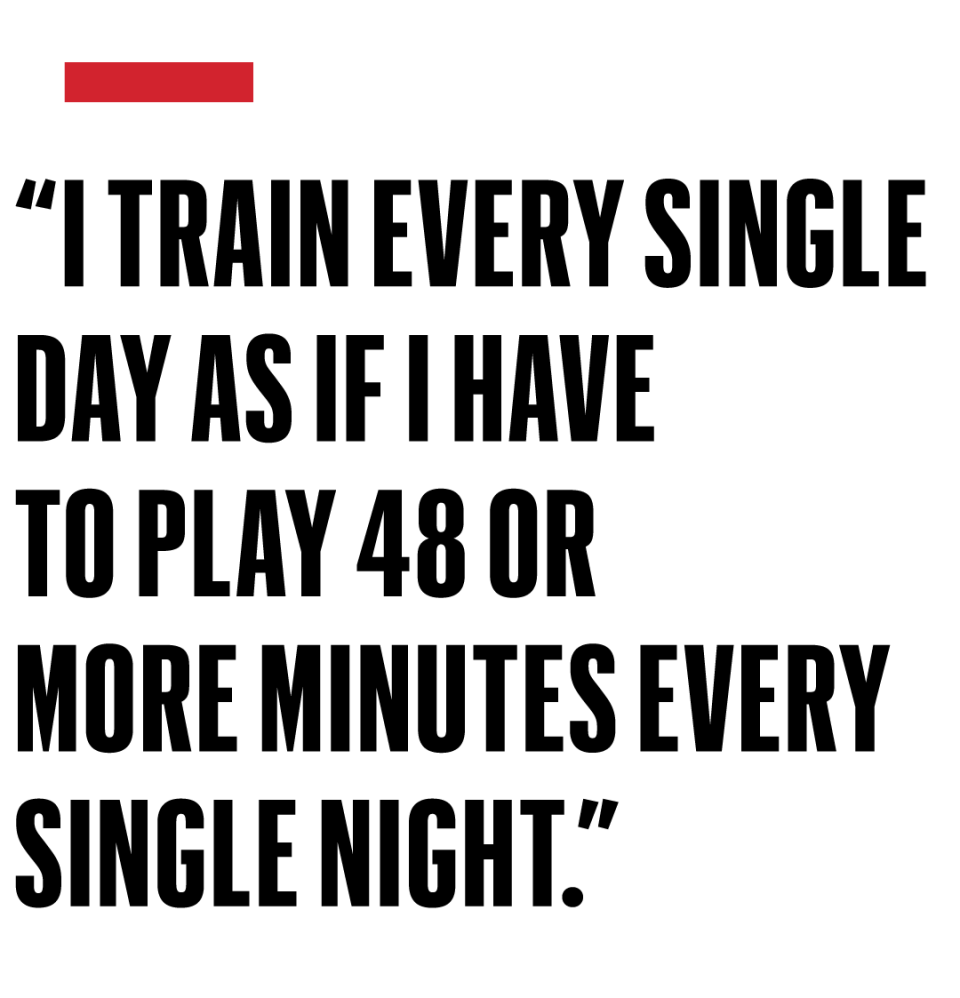
Then in 2014, Butler’s relentless approach began paying dividends. With Derrick Rose, then the Bulls’ star, out for the season, Butler stepped in as a starter—and led the entire NBA in minutes played per game. A season later, with Rose still hobbled, Butler led the league in minutes again, this time averaging 20 points per game.
He’s been one of the NBA’s top players since then—and he’s experienced the league’s shifting approach to player health. In the 2014 season, he was one of seven players who averaged more than 37 minutes a game. Last season, only four players managed more than 36 minutes per game, and Butler played just 33.6 minutes a night. It was once a badge of honor to play heavy minutes in the 82-game regular season, but teams now limit the long-term wear and tear on stars, adhering to a concept known as “load management.” The goal is to plan training, competition, and other stressors to maximize performance with a minimal risk of injury.
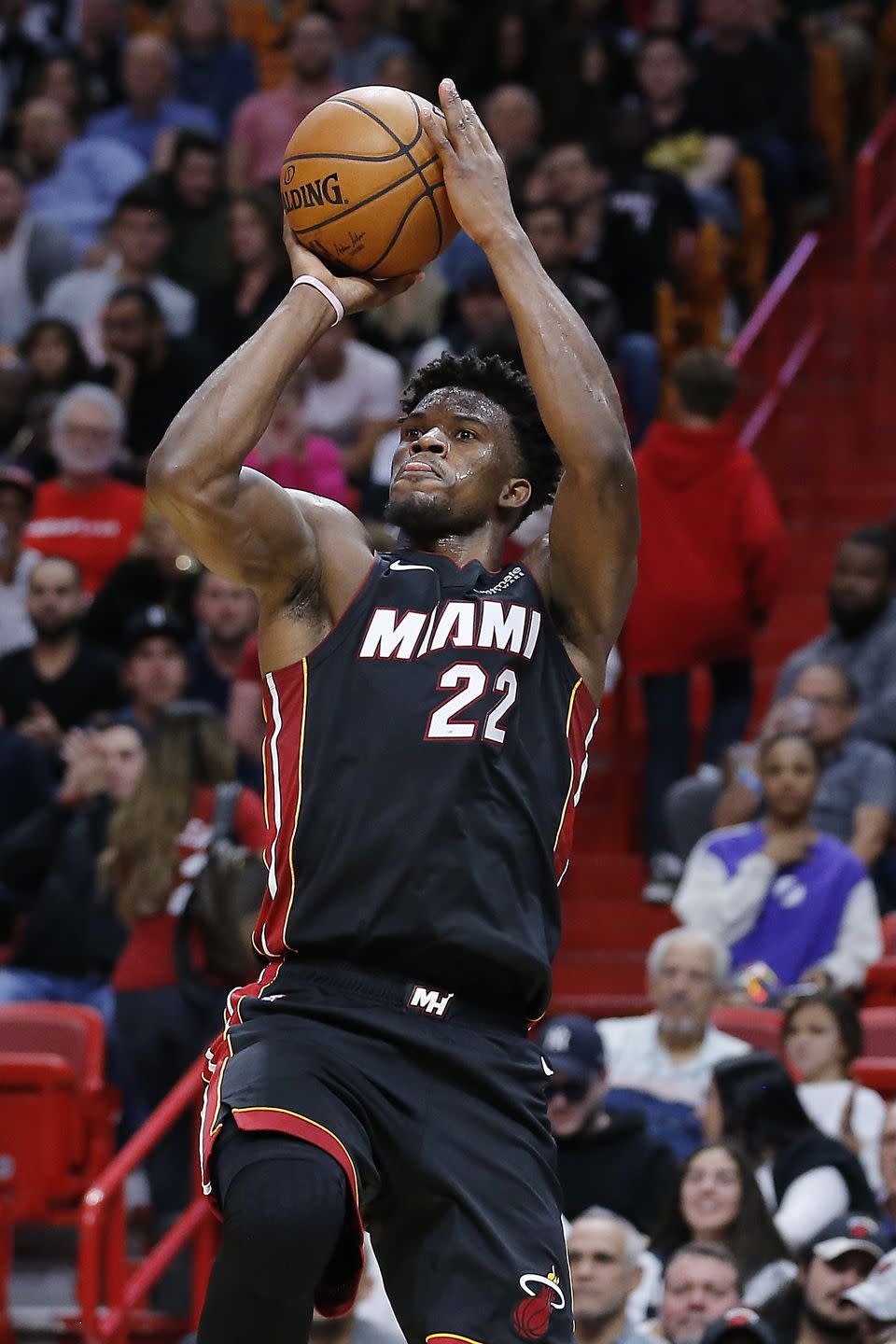
So the league’s best players no longer slog through the full season. Last year, the Raptors sat Kawhi Leonard in 12 games, citing “load management”— which left him fresh for an NBA title run. This year, Butler knows the Heat could limit his minutes. “It’s not a hard adjustment for me,” he insists, “just because I train every single day as if I have to play 48 or more minutes every single night.”
When Butler is playing, he certainly won’t be thinking of load management. He’ll just keep focusing on the motivation he’s always had: fear—of losing his position among the NBA elite, of reverting to the player who couldn’t crack the Bulls’ rotation. “I don’t want to go back to just being okay. So I continue to work like I have nothing,” he says.
Butler pauses. “You have to work, because at any certain time, this shit could be taken from you. It could be gone,” he says. “And when I think about that, it scares the living hell out of me.”
You Might Also Like

